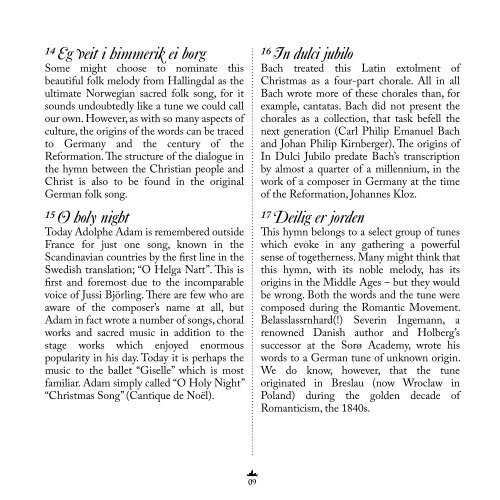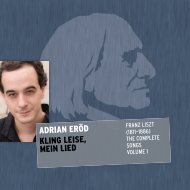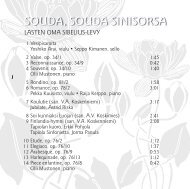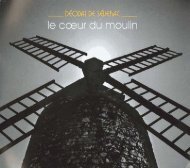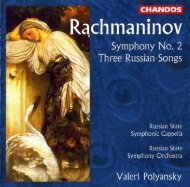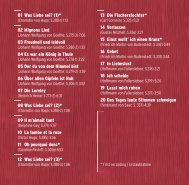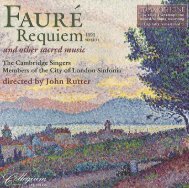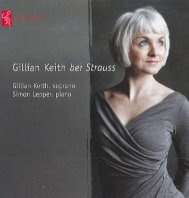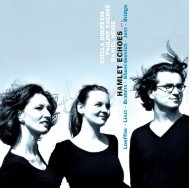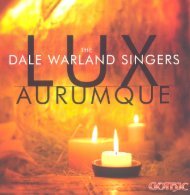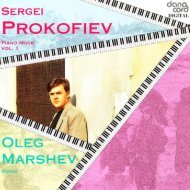tiNE thiNG hElSEth - Naxos Music Library
tiNE thiNG hElSEth - Naxos Music Library
tiNE thiNG hElSEth - Naxos Music Library
- No tags were found...
Create successful ePaper yourself
Turn your PDF publications into a flip-book with our unique Google optimized e-Paper software.
14Eg veit i himmerik ei borgSome might choose to nominate thisbeautiful folk melody from Hallingdal as theultimate Norwegian sacred folk song, for itsounds undoubtedly like a tune we could callour own. However, as with so many aspects ofculture, the origins of the words can be tracedto Germany and the century of theReformation. The structure of the dialogue inthe hymn between the Christian people andChrist is also to be found in the originalGerman folk song.15O holy nightToday Adolphe Adam is remembered outsideFrance for just one song, known in theScandinavian countries by the first line in theSwedish translation; “O Helga Natt”. This isfirst and foremost due to the incomparablevoice of Jussi Björling. There are few who areaware of the composer’s name at all, butAdam in fact wrote a number of songs, choralworks and sacred music in addition to thestage works which enjoyed enormouspopularity in his day. Today it is perhaps themusic to the ballet “Giselle” which is mostfamiliar. Adam simply called “O Holy Night”“Christmas Song” (Cantique de Noël).16In dulci jubiloBach treated this Latin extolment ofChristmas as a four-part chorale. All in allBach wrote more of these chorales than, forexample, cantatas. Bach did not present thechorales as a collection, that task befell thenext generation (Carl Philip Emanuel Bachand Johan Philip Kirnberger). The origins ofIn Dulci Jubilo predate Bach’s transcriptionby almost a quarter of a millennium, in thework of a composer in Germany at the timeof the Reformation, Johannes Kloz.17Deilig er jordenThis hymn belongs to a select group of tuneswhich evoke in any gathering a powerfulsense of togetherness. Many might think thatthis hymn, with its noble melody, has itsorigins in the Middle Ages – but they wouldbe wrong. Both the words and the tune werecomposed during the Romantic Movement.Belasslassrnhard(!) Severin Ingemann, arenowned Danish author and Holberg’ssuccessor at the Sorø Academy, wrote hiswords to a German tune of unknown origin.We do know, however, that the tuneoriginated in Breslau (now Wroclaw inPoland) during the golden decade ofRomanticism, the 1840s.09


